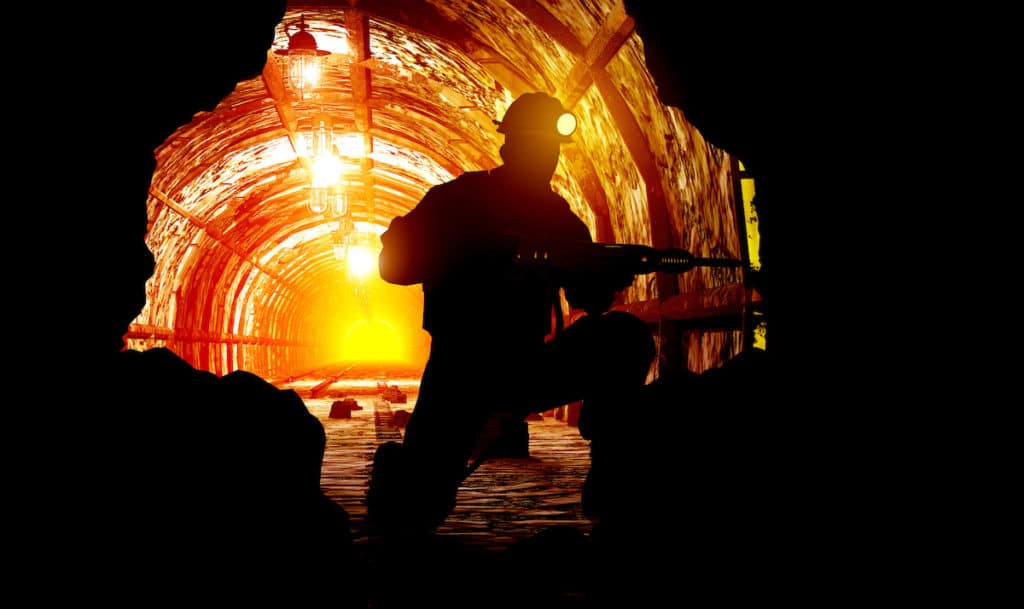Our company has been working with the mining industry for a few decades. Our company history begins with us working in agriculture and shifting towards the growing and expanding efforts of the mining industry in Mexico and the U.S. We worked hand-in-hand with the industry and have learned to love the hard work that these people put into their labor. The history of mining spans a great many decades and it teaches us a thing or two about how the world evolves and about how human beings continuously seek better ways to maximize labor and seek resources. Many people might not realize it, but today mining is inextricably connected to much of our technological advancements. Mining is, in fact, related to industrial policy and energy policy. In fact, today’s mining is tied to the use of your smartphone, and mining in foreign countries has faced quite a bit of scrutiny because of some of its unsafe practices.
Mining refers to the extraction of natural resources from the earth. The very first mining efforts involved our evolutionary predecessors homo erectus, who was the first to pick up tools to try and dig through. Their efforts probably didn’t take them very far in the world of mining, but it was a start. As Homo Sapiens evolved, the population grew and nomadic lifestyles were replaced with communities and tribes. And as human settlements grew, the use of earthly resources became the norm, as early people quickly started mined minerals.
When it comes to the earliest mine, we have to go all the way back to 20,000 to 40,000 years ago in the southern African continent. Yet, the value of deep mining for minerals did not take hold until more advanced civilizations took reign. Even very early on, metals found on earth were considered highly valuable. The most abundant of these were copper, but gold, silver, and bronze were also highly prized. The last three, of course, were often harder to find and required digging into the earth.
Once these minerals were successfully extracted from the earth and heat was applied, you have a wide-open door of possibilities. The elements excavated from earth’s early mines were transformed once heat was applied, as it made it easier for these elements to be put to practical use.
Mining in Early Civilization — A Way Towards Wealth and Expansion
Mining became central to many early civilizations in the Mediterranean. Athens, Greece was known for its silver mines and grew wealthy as a result. In fact, the downfall of Athens correlates with the stolen control of the mines by Sparta. Taking these rich resources from the earth helped civilizations expand, build, and innovate. As early Europe began to develop, the importance of mines is also not to be underestimated. Miners had extensive rights to land and it was quickly discovered that civilizations could not develop into wealthy nations without extracting the natural resources around them. As wealth from this mineral exploration expanded, European societies flourished and eventually gave way to the Renaissance. And as we all know, the Renaissance brought all kinds of advancements to Western civilization and changed the way that societies functioned.
Mining in America — The Gold Rush, New Frontiers, and Beyond
When it comes to mining in America, the prospect of gold-finding was quite the incentive for people to hurl themselves into new frontiers, unexplored lands, and settle new places. In 1848, the California Gold Rush got underway and brought approximately 300,000 people to California. These people were from every corner of the U.S and even from abroad. Only ten years later, there was a second rush for gold deemed the Pike’s Peak Gold Rush in Colorado. Then in 1898 to 1911, the Yukon River Valley was populated with equally eager gold diggers as the Nome Gold Rush, Klondike Gold Rush, and Fairbanks Gold Rush happened in Alaska.
The early 20th century led to the surge of coal mining. New technologies made the process easier and safer. And by the second half of the 20th century, the smaller mining companies had merged into bigger companies.
The Technology That Changed Everything
From the stone tools to sophisticated technology the world of mining has changed considerably. The pick and hammer were replaced with fire to clear tunnels and go deeper into the entrails of the earth. Then, there was the use of explosives like black powder and later dynamite to clear the land. Tools were also enhanced and were helping to reduce the labor input. The act of mining was, to say the least, pretty dangerous and cost many hard-working miners their lives. The industry had to deal with common accidents and bad practices that gave mining a reputation for being costly in terms of men’s health and lives. Thankfully, today’s practices are far more researched and safe, given the many years of history to teach the industry important lessons.
Today, many mines don’t even have to endanger the lives of miners thanks to a lot of mining technology. Miners still use heavy machinery, explosives, heavy trucks, etc, but are highly trained and follow strict safety protocols. Advances in the technology allow miners to excavate more precisely and accurately and be far less environmentally costly.
Here at Remsa USA, we have worked closely with the mining industry in Mexico and are now working with the industry in the United States. It is a fascinating industry that utilizes incredible equipment to allow men to dig into the earth. We help by supplying indispensable equipment like motors, transformers, and more.
